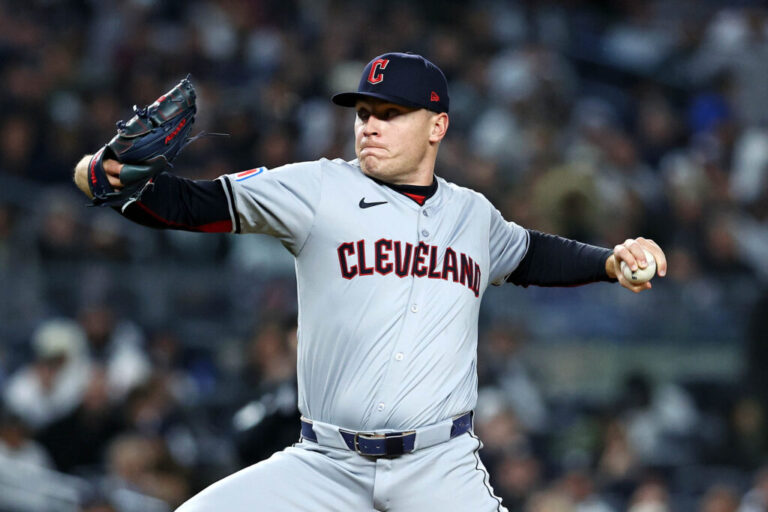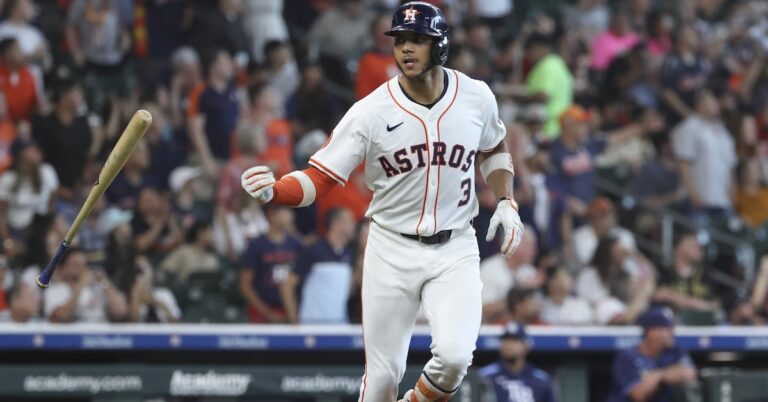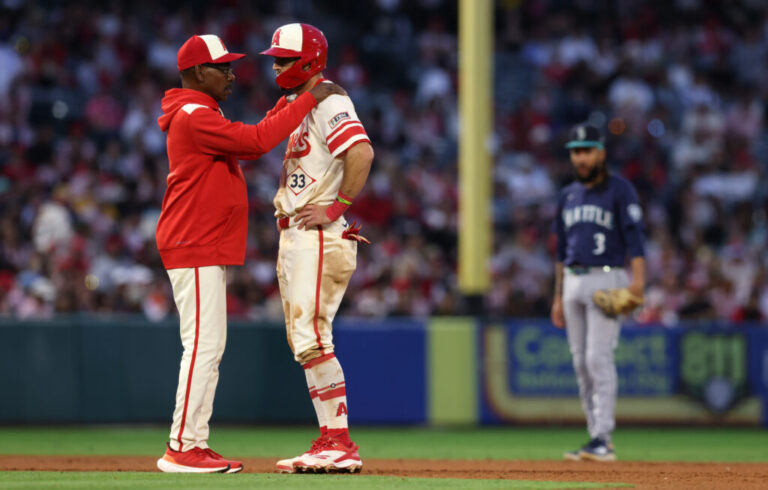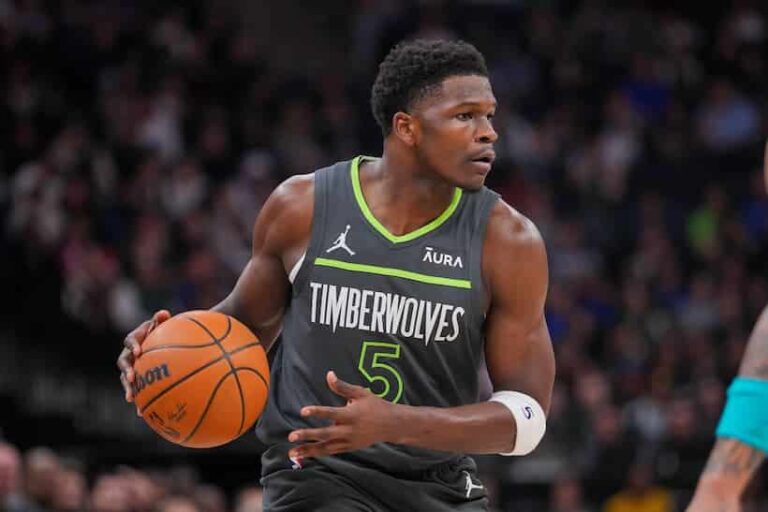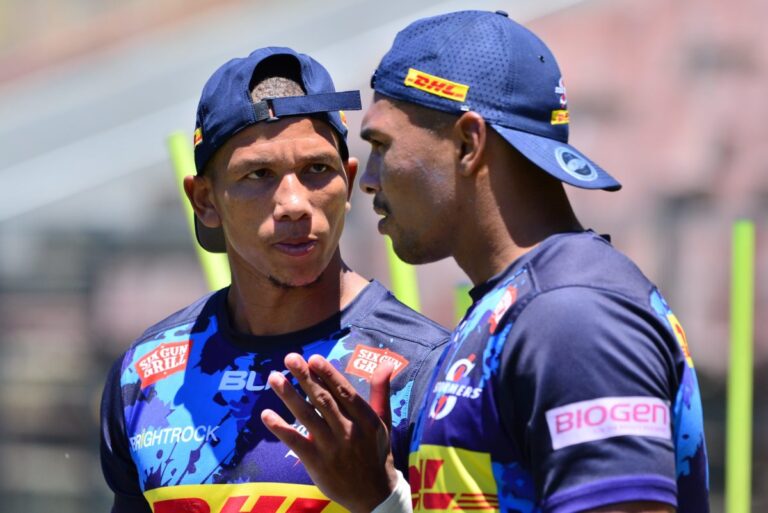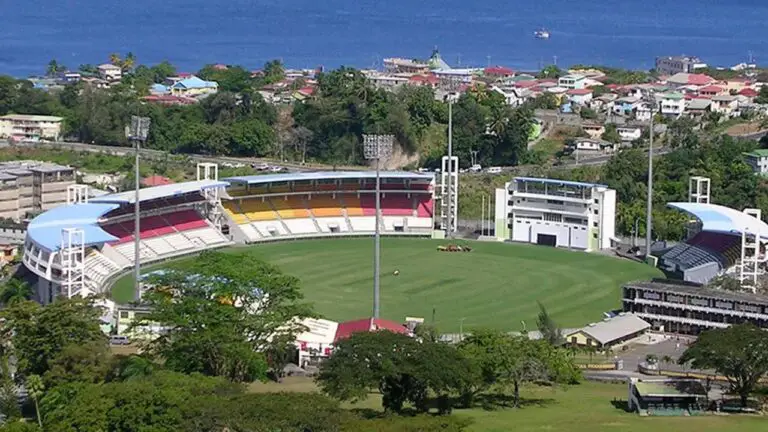
For months, the Astros have expressed hope they’ll re-sign Alex Bregman. Brian McTaggart of MLB.com wrote this afternoon that they’ve made a six-year, $156MM offer — supporting recent reporting from USA Today’s Bob Nightengale about the club’s comfort zone. Nightengale and McTaggart each suggest that Bregman’s camp was hoping to land closer to $200MM at least.
With a significant gap between the sides, it’s worth examining the organization’s payroll. RosterResource calculates Houston’s competitive balance tax number at nearly $234MM. That’s $7MM shy of next season’s $241MM base threshold. Re-signing Bregman would push them well into CBT territory. Even if they balk at his asking price, they’d need to be willing to pay the tax to make any notable upgrades unless they ship out salary.
The luxury tax isn’t a firm limit. Owner Jim Crane allowed the front office to push into tax territory this year. He has suggested he’s willing to do so again if the organization feels they’re targeting the correct players. Offering Bregman a $26MM average annual value reinforces that, even if it wasn’t a proposal the two-time All-Star was likely to accept.
The Astros seemed to be up against their limit late last winter. Once they lost Kendall Graveman to shoulder surgery, ownership signed off on a surprising $95MM contract for Josh Hader. Maybe they’ll eventually do the same to retain Bregman. That’d be easier to envision if they managed to offload salary in a trade, especially since they’d face escalating penalties for paying the luxury tax in consecutive years. How could they go about cutting spending?
The Astros have $142MM in guaranteed contracts for next season. They’d have a tough time moving most of those deals. They’re not trading Jose Altuve ($30MM) or Yordan Alvarez ($15MM). There’s little incentive to sell low on Cristian Javier ($10MM) midway through Tommy John rehab. Trading Hader ($19MM) after one season of a five-year deal isn’t happening. Lance McCullers Jr.’s injury history means they wouldn’t find a taker for his $17MM salary without paying the contract down almost the entire way.
Houston can’t trade any portion of the $19.5MM they owe to José Abreu after releasing him. They could technically trade Rafael Montero, who remains in the organization after being outrighted from the 40-man roster. No one’s letting them off the hook for any part of his $11.5MM salary, though. That’s $122MM in commitments to players who have almost no chance of being moved.
Of the players on guaranteed deals, the only realistic trade options are Victor Caratini and Ryan Pressly. Caratini is making an affordable $6MM as a quality complement to Yainer Diaz behind the plate. The Astros could find a taker, but they’d probably need to subsequently commit $3-4MM to sign a backup catcher. Moving Caratini wouldn’t make much of a difference in the Bregman bidding.
As we noted when we named Pressly the offseason’s #14 trade candidate, offloading the reliever’s $14MM salary is the most straightforward option. It’s one the front office has considered. A Pressly trade is a strong possibility, but it’s not inevitable. It’d deal a hit to their bullpen, for one. Pressly also has full no-trade rights as a 10-and-5 player. If he doesn’t want to move, he’s staying.
That leaves their arbitration group. Houston has one of the biggest arbitration classes in the league. MLBTR contributor Matt Swartz projects them for a combined salary nearing $54MM. They’re mostly key players. Houston’s arb class breaks down as follows (the salaries are projections, not finalized numbers).
Most of those players are making between $2-5MM. Trading someone like Dubón or Meyers is plausible, but as with a potential Caratini move, it’s not especially consequential from a payroll perspective. If Houston wanted to clear significant money from their arbitration class, the clearest way would be to move one of Tucker or Valdez.
This week, Chandler Rome of the Athletic floated the idea of the Astros entertaining a Valdez or Tucker trade. To be clear, that was framed as speculation, not defined reporting that the Astros are actually considering it. Tucker and Valdez are each one year from free agency. Rome points out that they’re trending towards contracts that Crane has traditionally been reluctant to approve — especially Tucker. He argues that the Astros could use one of Tucker or Valdez to add talent to a thin farm system while remaining a contender for another AL West crown. That’s especially true if the Astros use the extra payroll room to finish a deal with Bregman.
Of the two, Valdez would probably be slightly easier to replace. After a terrible April, Hunter Brown pitched like a top-of-the-rotation starter. Ronel Blanco fired 167 1/3 innings of 2.80 ERA ball in a breakout season. Garcia could be ready for Opening Day after losing the ’24 season to Tommy John surgery. Before his injury, he was a quality mid-rotation starter. The same is true of McCullers, although his injury history over the past three seasons makes him difficult to rely upon. Spencer Arrighetti showed the ability to miss bats and quietly posted an excellent finish in 2024; over his final 13 starts, he pitched 76 innings with a 3.08 ERA, 29% strikeout rate and 8.3% walk rate. J.P. France could be back later in the year after losing this season to a shoulder procedure. He’s a capable back-end arm if healthy.
Trading Valdez would subtract the Astros’ most reliable source of innings, to be sure. Yet a starting five of Brown, Garcia, Blanco, Arrighetti and some combination of McCullers and France has decent upside. The Astros would probably need to add rotation help at the deadline for a second straight year, but it wouldn’t be a disastrous group to open the season. They’d need to be more aggressive in stockpiling non-roster depth than they have been in prior offseasons. They could also target at least one near-MLB pitching prospect if they were to seriously consider a Valdez trade.
Moving Tucker is a much harder sell. Even if the Astros don’t think there’s much chance they’ll re-sign him, they’d take a huge downgrade to their 2025 lineup. Tucker could be a top 5-10 hitter in MLB next season. His foot injury was a source of frustration this year, but there’s no way to replace the kind of production (.289/.408/.585 with 23 homers in 339 plate appearances) they’d be losing. The outfield is already a relative weak point after McCormick underperformed this year.
None of this is to say a Tucker or Valdez trade is likely. Indeed, there’s no indication the Astros have given either scenario serious thought. If they find it more difficult than expected to line up a Pressly trade, there’s at least an argument for them thinking bigger to create some spending capacity.
